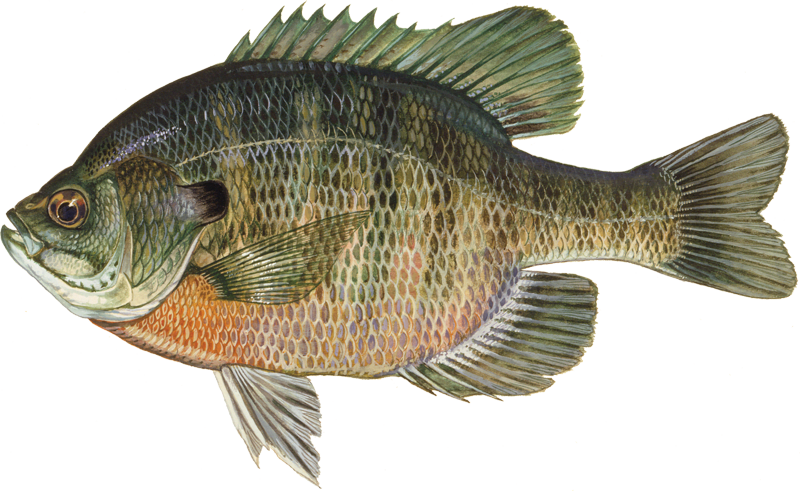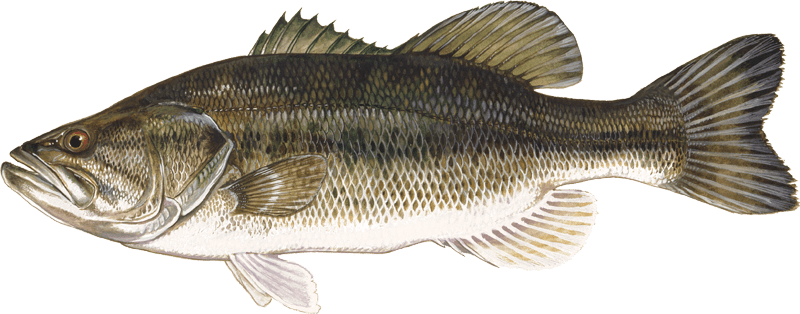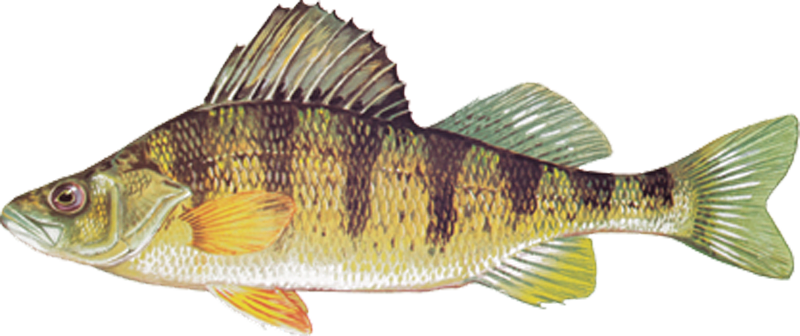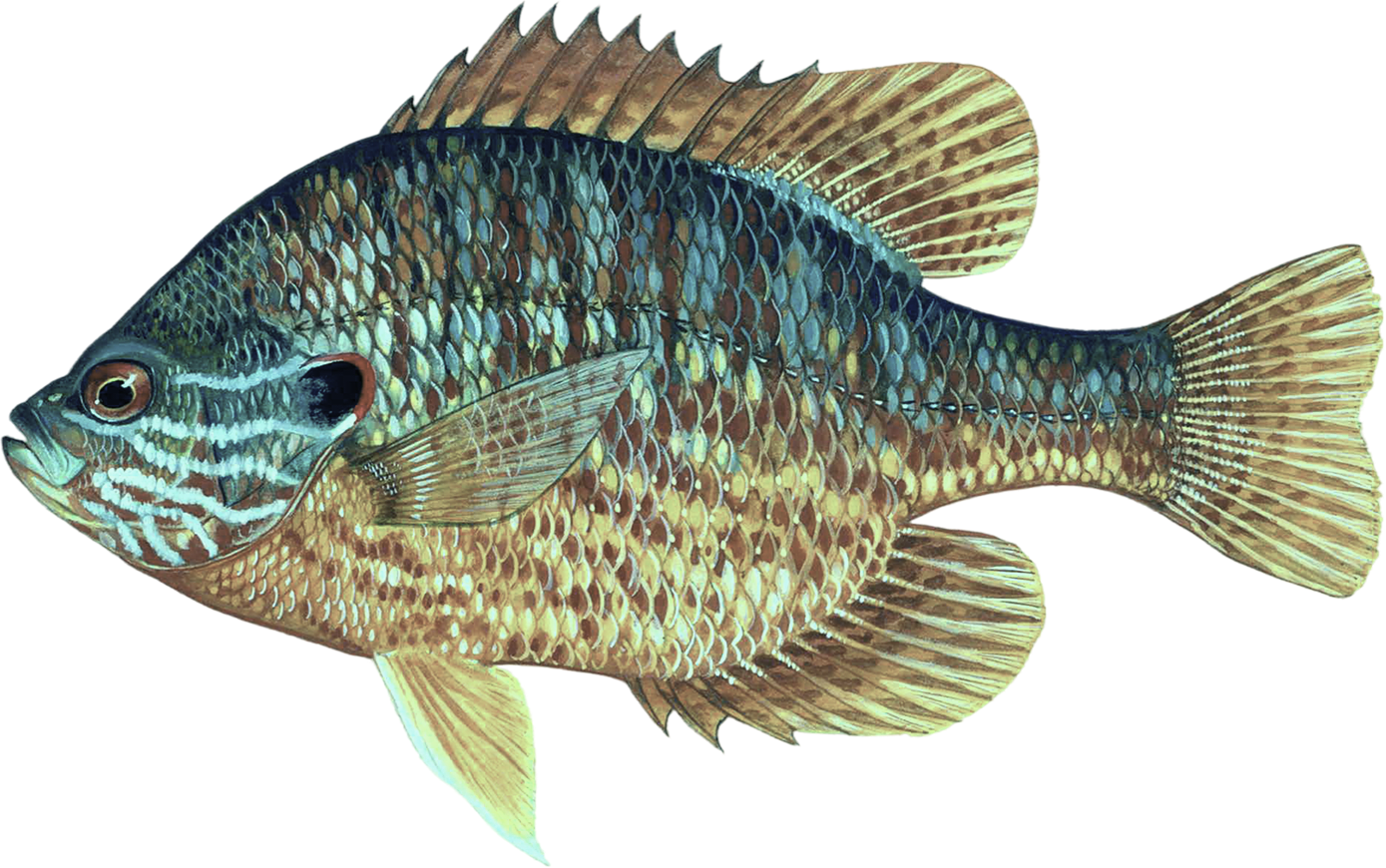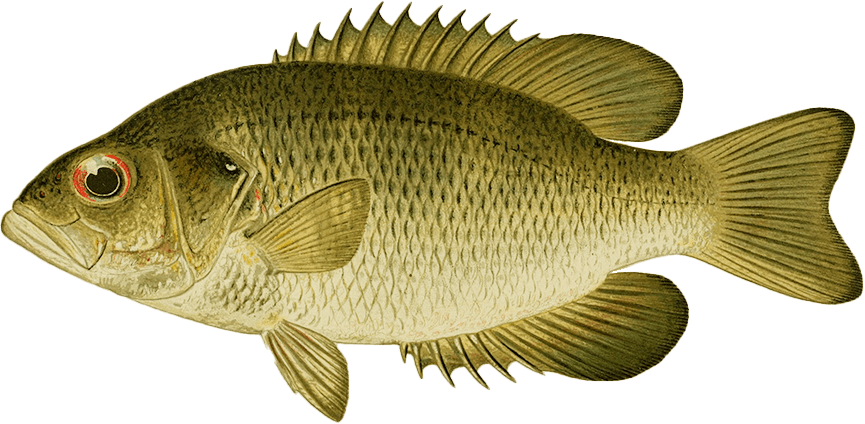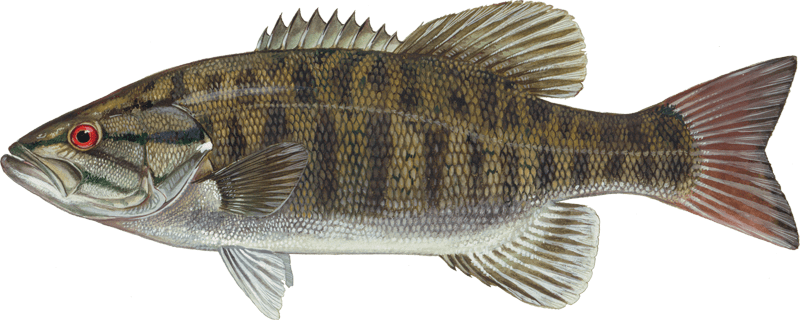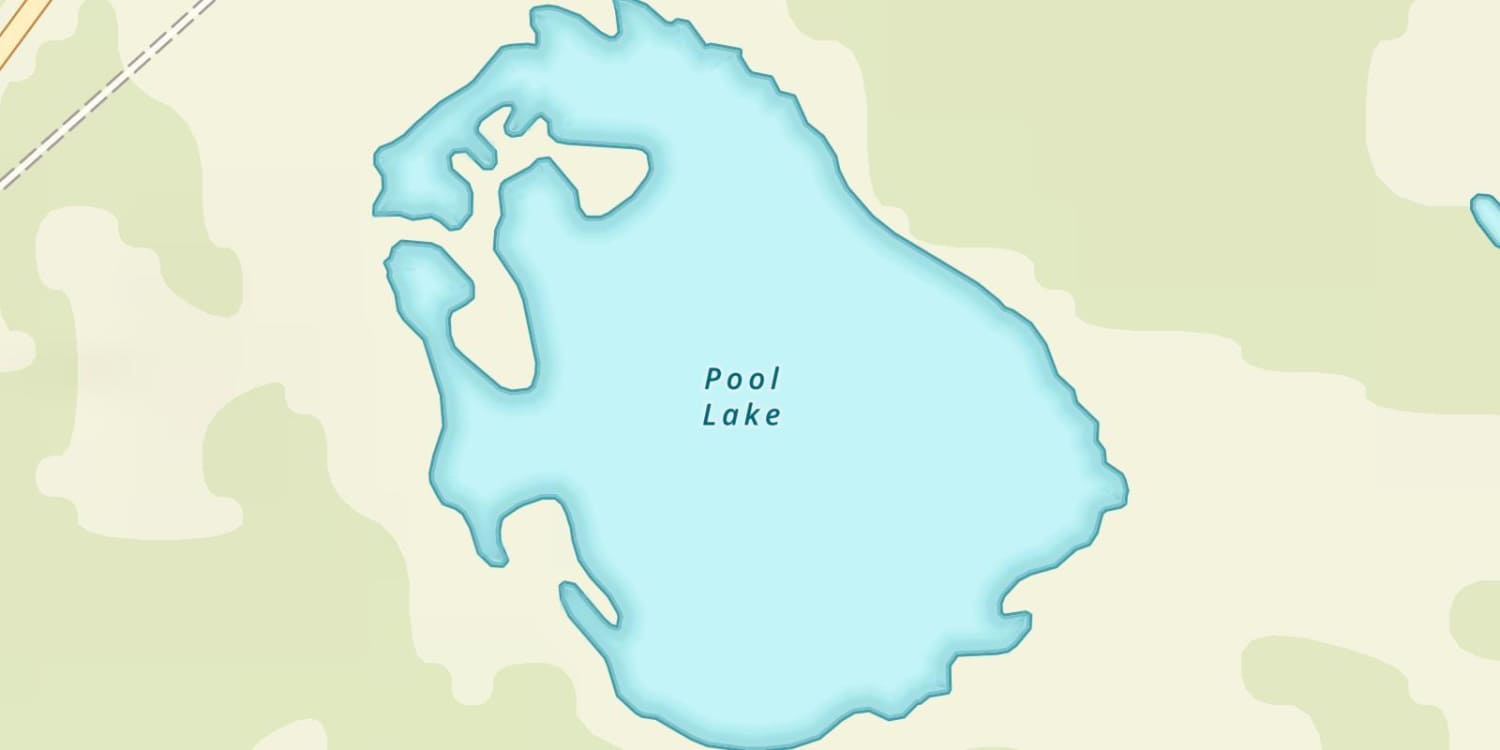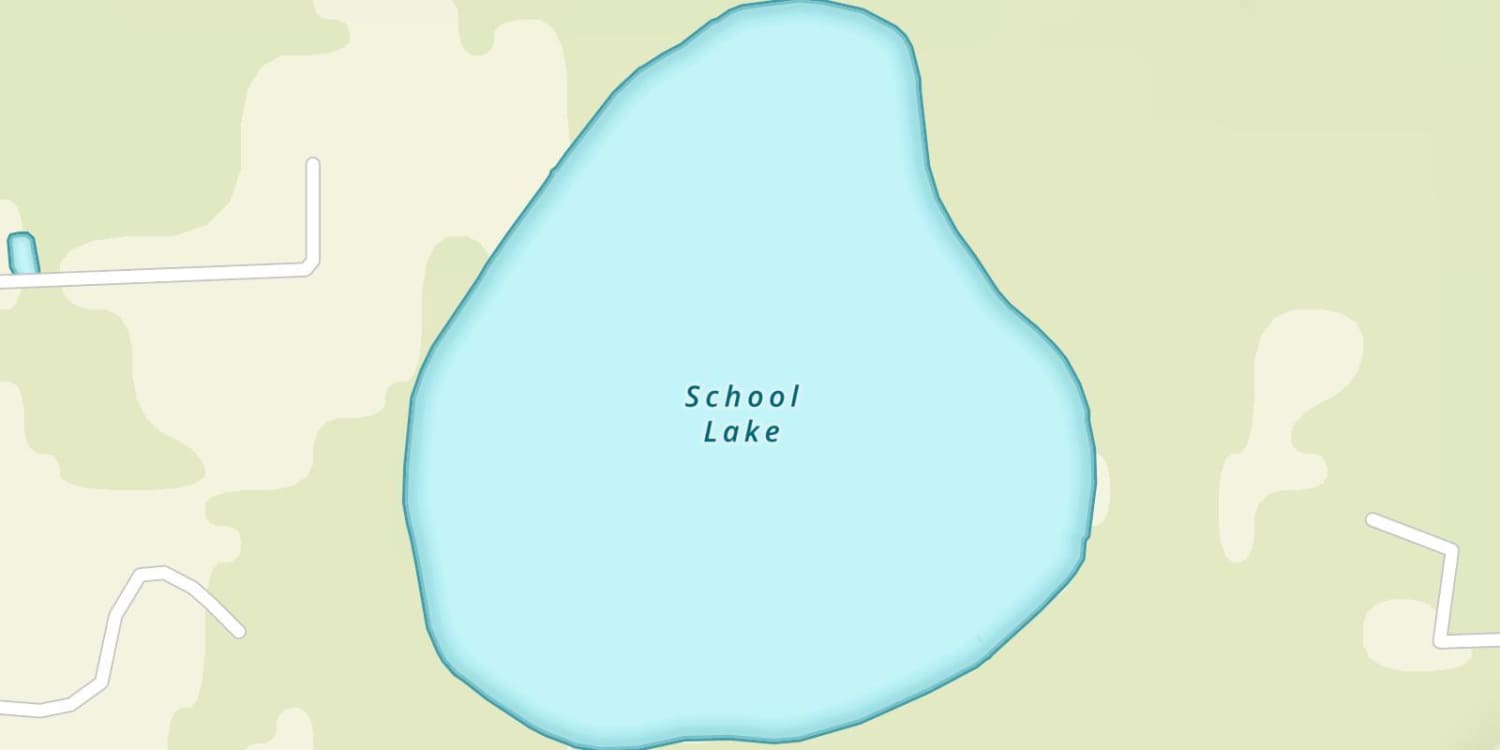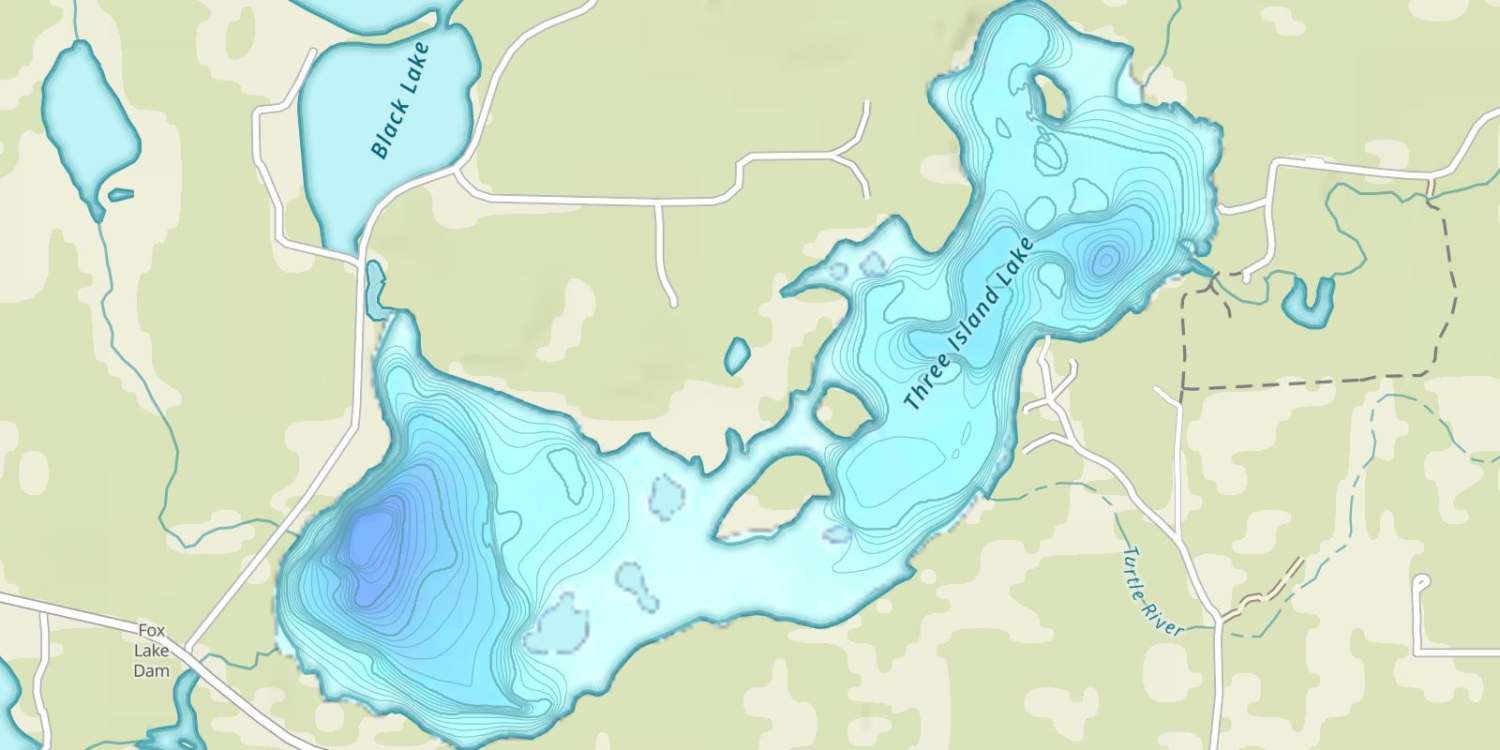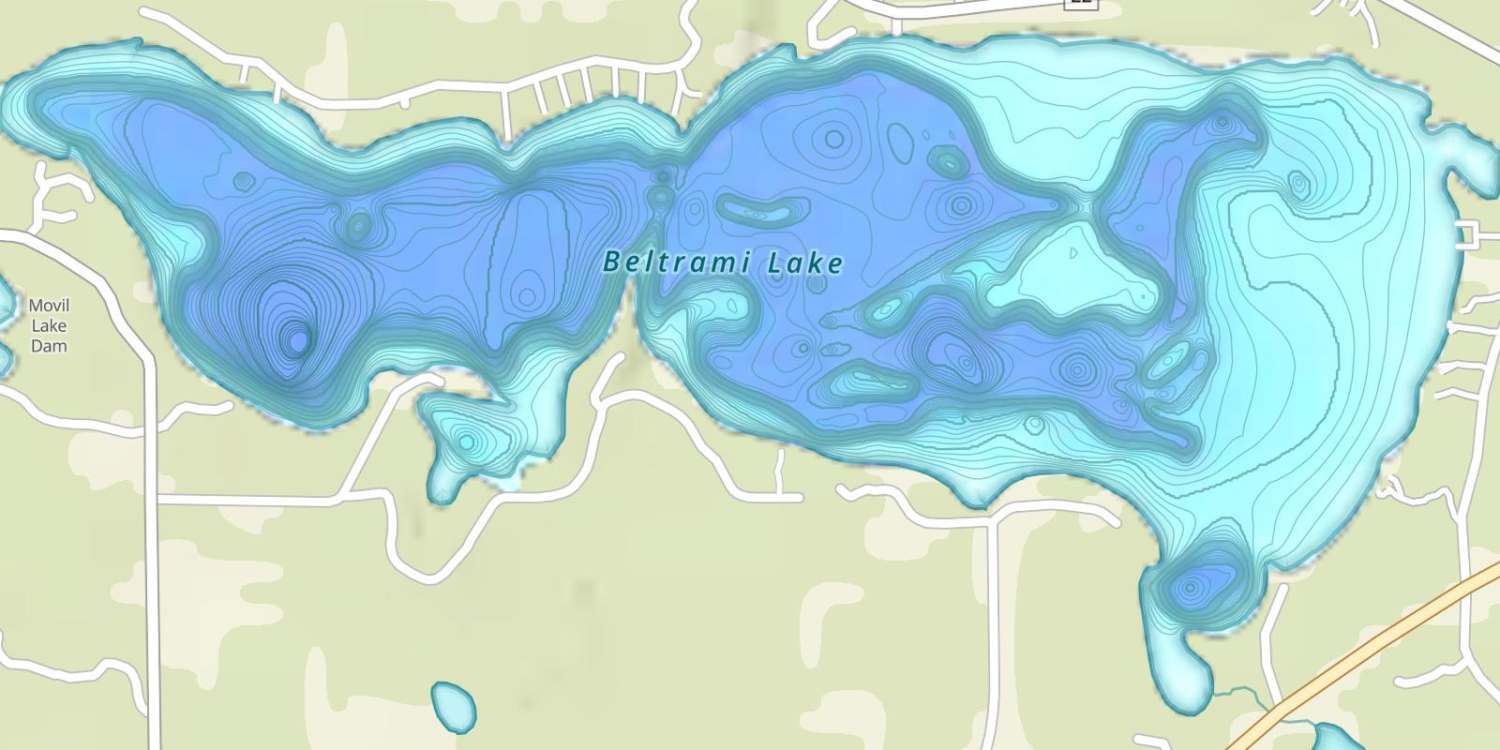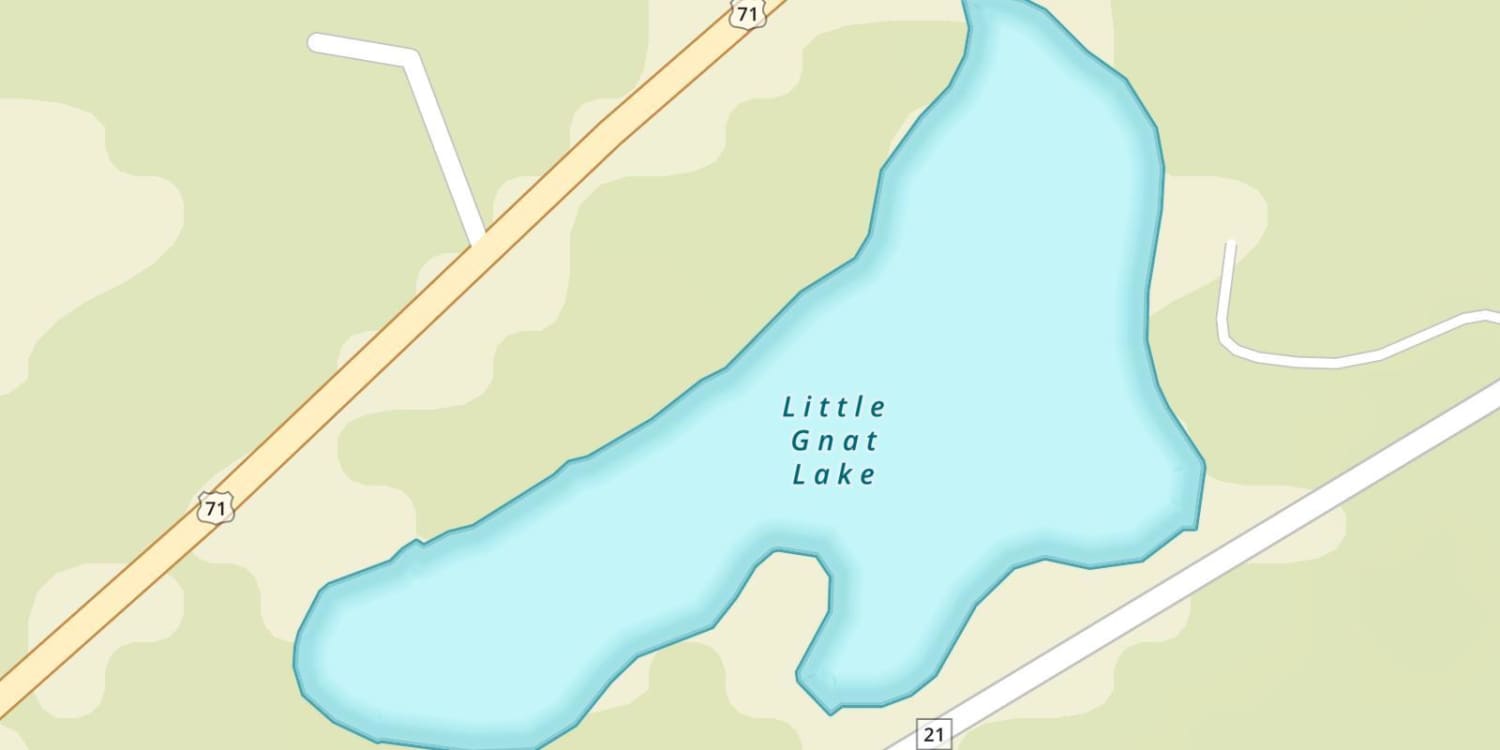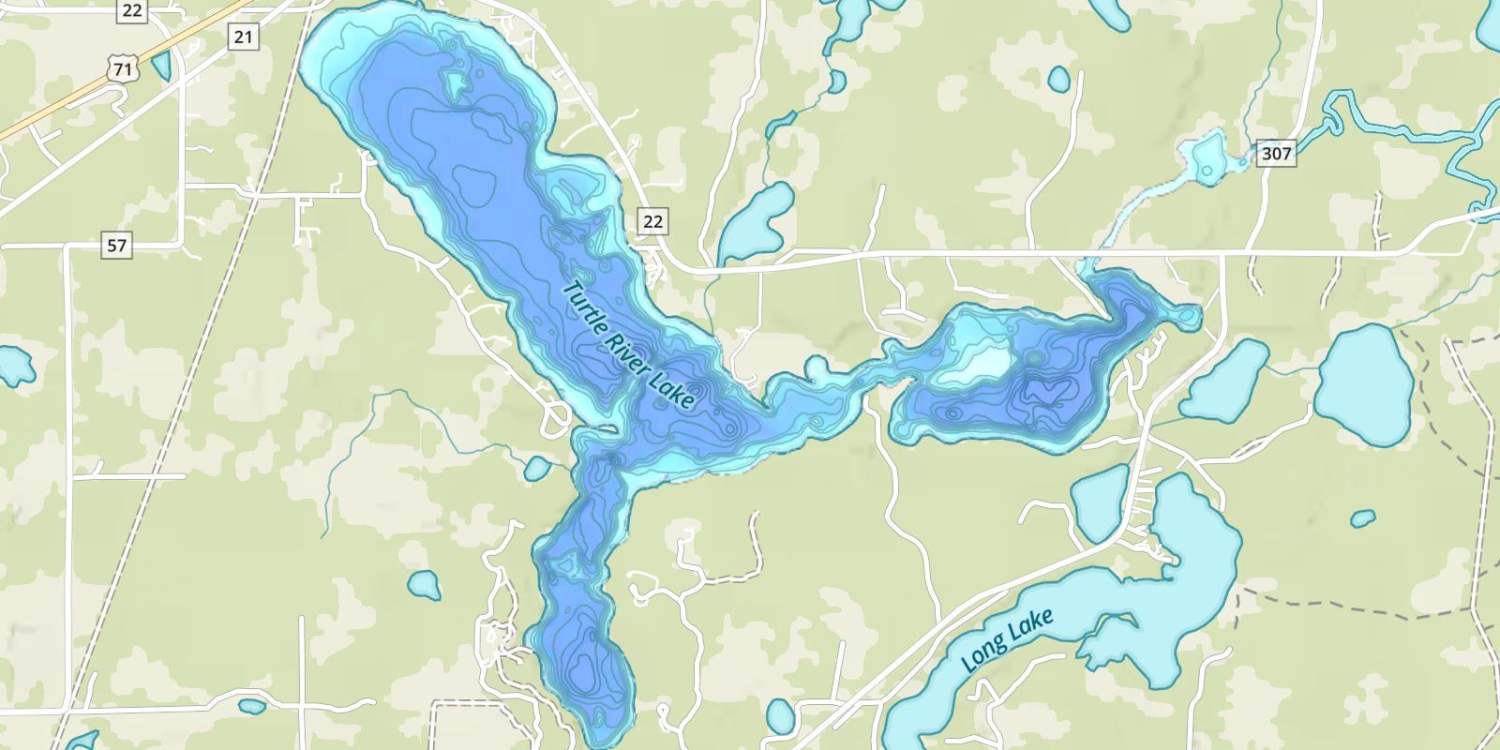Overview
The largest lake in the Cass Lake Chain. Famous for its walleye, muskie and perch. Muskie in the 50-inch class are available. 15,996 acres
Turtle River Map
Features
Of the 8 lakes that make up the Cass Lake Chain of Lakes, Cass Lake is the largest at approximately 16,000 acres. Other lakes include; Pike Bay, Buck Lake, Big Wolf Lake, Lake Andrusia, Kitchi Lake, Little Rice Lake and Big Rice Lake. Located just north of the Town of Cass Lake and in the heart of the Chippewa National Forest, it is considered the 8th largest lake in Minnesota. The lake also sits within the Leech lake Indian Reservation. The Mississippi River flows through the entire system and two dams, placed along the chain to manage water levels. The US Forest Service manages the Knutson Dam, and the other is operated by the Otter Tail Power Company which is located just below Stump Lake. Cass Lake is different than most of the other walleyes lakes in the area in that fishing can vary from a few feet of water to water as deep as 70 feet. Cass Lake is also made up of multiple lakes with in a lake. Several shallow flats separate one deep hole from another.
The scenery is incredible on the lake with 27 miles of forested shoreline and sandy beaches and plunging to 120 feet deep in areas. Many tourists visit Star Island yearly for its hiking trails, campgrounds and picnic facilities. Star Island is unique in the fact that it is the only island in Minnesota that contains its own lake, Lake Windigo.
This lake always ends up on someone’s list of great fishing places in Minnesota. Cass Lake offers fine populations of walleye, northern pike, perch, and is also coveted by muskie anglers. Cass Lake is a “walleye factory” and offers top notch walleye that would rival any lake in Minnesota. Muskies also provide a great fishery and Cass Lake is second only to Leech Lake in the number of muskies caught annually. Many of these trophies exceed the 40-pound mark. Whether you are after that one trophy muskie or a mess of perch, or great tasting walleye action, Cass Lake’s maze of steep drop-offs, mid-lake bars, rock piles and sunken islands are sure to be holding just what you are looking for.
Forage
Perch and Cisco provide forage and contribute to the trophy size for walleyes, muskies and pike. Lake whitefish also provides additional forage for pike and muskies. A variety of minnow species are also abundant, including common shiner, mimic shiner, logperch and darters. Crayfish are abundant.
Seasonal Movements
During the spring, look for areas of current to attract spawning walleyes. The narrow channel going into Andrusia Lake and up the Mississippi River is a common area to find spawning walleyes. The Turtle River area, through Lake Kitchi also attracts walleyes in the spring. After spawning, these fish move slowly back toward Cass Lake.

Get Your Line in the Right Water
Quickly find the best places to fish and plan your day right.
Fish Species
Understanding Abundance
Abundance ratings are based on Catch Per Unit Effort (CPUE) measurements conducted by the MN DNR, and represent a snapshot of a species population at a given point in time.
Source: Minnesota Department of Natural Resources. Survey cadence may vary by state and water body.Understanding Abundance
Abundance ratings are based on Catch Per Unit Effort (CPUE) measurements conducted by the MN DNR, and represent a snapshot of a species population at a given point in time.
Source: Minnesota Department of Natural Resources. Survey cadence may vary by state and water body.Understanding Abundance
Abundance ratings are based on Catch Per Unit Effort (CPUE) measurements conducted by the MN DNR, and represent a snapshot of a species population at a given point in time.
Source: Minnesota Department of Natural Resources. Survey cadence may vary by state and water body.Understanding Abundance
Abundance ratings are based on Catch Per Unit Effort (CPUE) measurements conducted by the MN DNR, and represent a snapshot of a species population at a given point in time.
Source: Minnesota Department of Natural Resources. Survey cadence may vary by state and water body.Understanding Abundance
Abundance ratings are based on Catch Per Unit Effort (CPUE) measurements conducted by the MN DNR, and represent a snapshot of a species population at a given point in time.
Source: Minnesota Department of Natural Resources. Survey cadence may vary by state and water body.Understanding Abundance
Abundance ratings are based on Catch Per Unit Effort (CPUE) measurements conducted by the MN DNR, and represent a snapshot of a species population at a given point in time.
Source: Minnesota Department of Natural Resources. Survey cadence may vary by state and water body.Understanding Abundance
Abundance ratings are based on Catch Per Unit Effort (CPUE) measurements conducted by the MN DNR, and represent a snapshot of a species population at a given point in time.
Source: Minnesota Department of Natural Resources. Survey cadence may vary by state and water body.

